Aussie Asian Food Trends
11 min read Exploring emerging Asian-inspired flavors and innovative culinary trends shaping Australia's vibrant food scene. July 10, 2025 00:05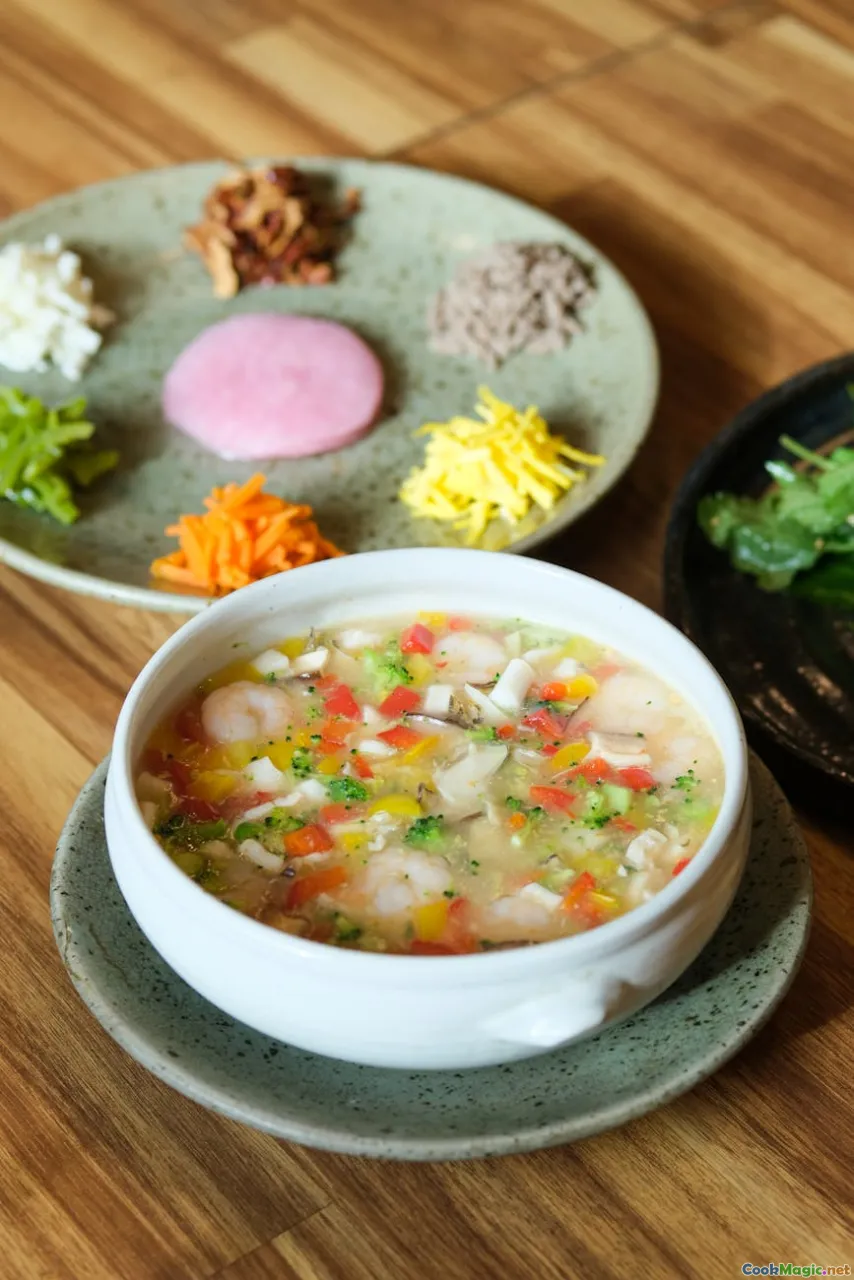
Aussie Asian Food Trends: A Delicious Fusion Journey
Living down under in Australia means being at the crossroads of culinary innovation—a vibrant melting pot where Asian flavors meet the rugged charm of Australian ingredients. Over the past decade, an exciting culinary revolution has taken shape: traditional Asian dishes are being reimagined with a distinctly Australian twist, giving birth to a new wave of Aussie Asian food trends. These dishes are more than just fusion; they are a reflection of cultural exchange, personal storytelling, and a shared zest for bold, authentic flavors.
Embark with me on this flavorful journey as we explore how these trends are transforming the Australian dining landscape, creating an edible tapestry rich with history, emotion, and the freedom of culinary experimentation.
Origins of Aussie Asian Food Trends
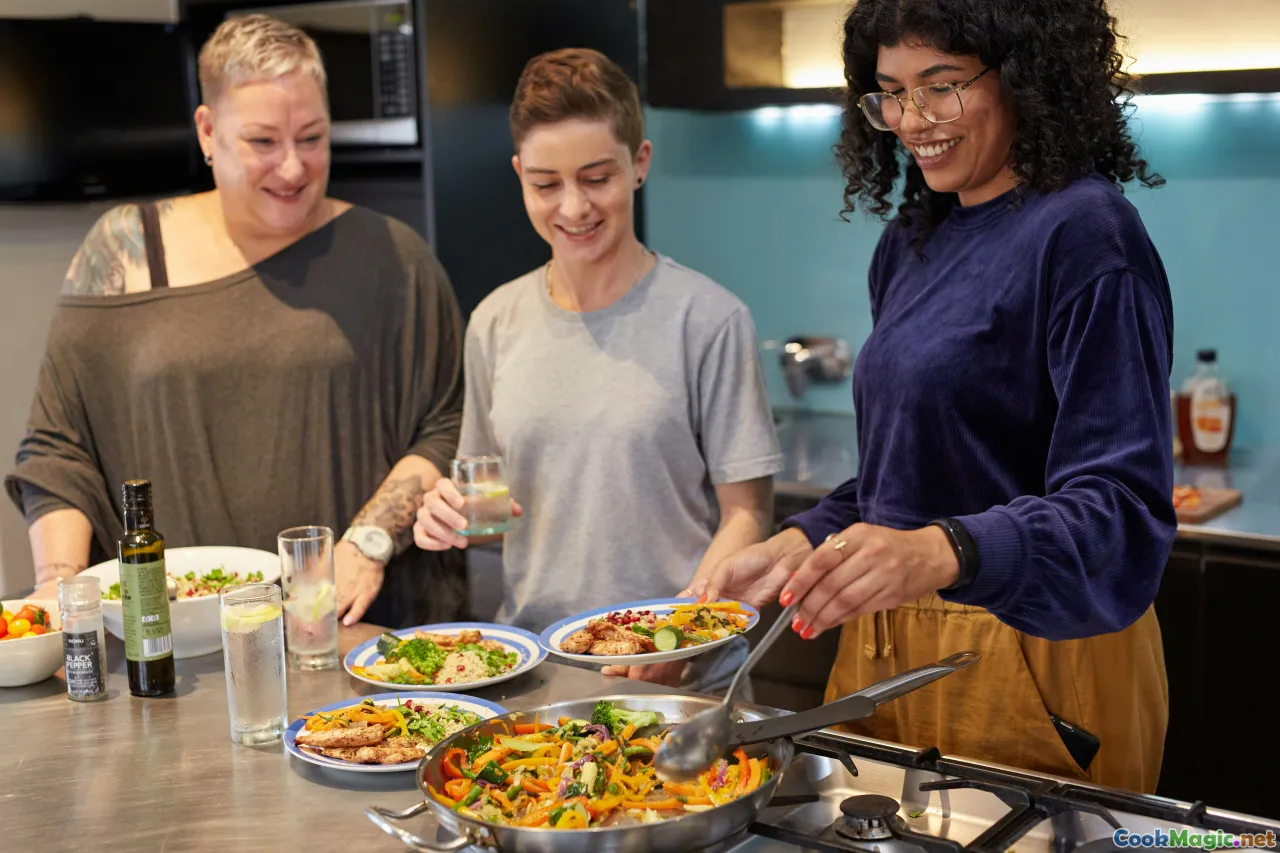
Australia's geographic location and history make it a natural crossroads for diverse influences. Since the 1800s, Asian immigrant communities—especially Chinese, Vietnamese, Thai, and Japanese—have made Australia their home, bringing with them their rich culinary heritages. Early in the 20th century, dishes like dim sum, pho, and sushi became staples, primarily through immigrant enclaves and bustling markets.
However, the modern wave of Aussie Asian fusion truly gained momentum in the 2000s, fueled by increased multiculturalism, global travel, and Australia's recognition of Asian cuisines as vital parts of its national palate. Chefs and home cooks became more adventurous, blending ingredients, techniques, and presentation styles to create something uniquely Australian yet deeply rooted in Asian traditions.
As chef and food enthusiast David Thompson eloquently puts it, "Fusion is not about diluting flavors but about embracing diversity and creating new narratives through food."
Classic Dishes Reimagined: The Fusion in Action
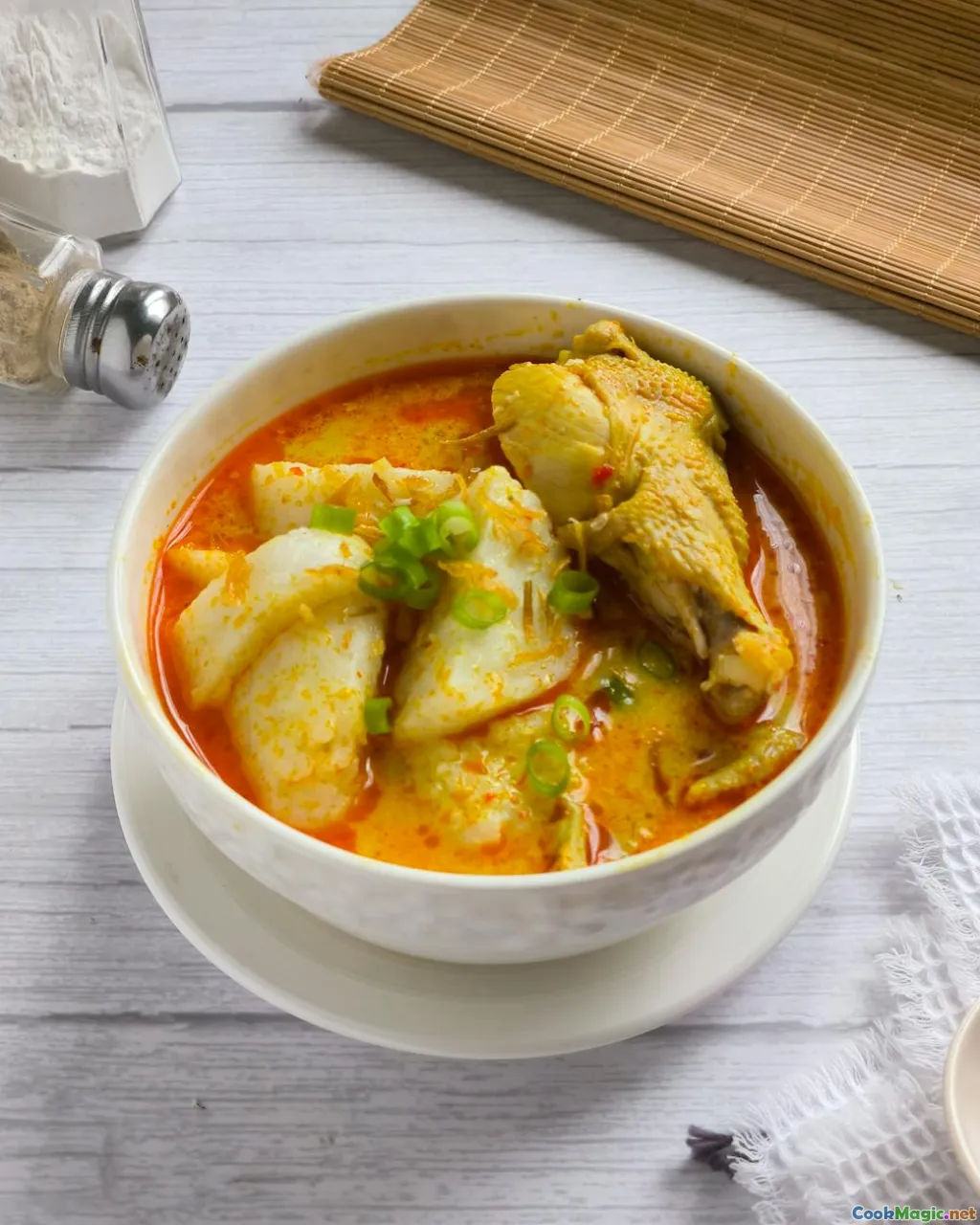
Pho with Australian Flare
A decade ago, Vietnamese pho was slowly becoming a household staple across Australian suburbs. Today, chefs are elevating it by adding native ingredients like wattleseed roasted beef broth, which lends a nutty, earthy aroma and a slightly smoky depth. Local herbs like lemon myrtle are infused into the broth for an extra citrus note, balancing the richness.
An iconic example is Melbourne's Pho Nom, where traditional Vietnamese style meets Australian produce—think grilled kangaroo slices replacing beef brisket, or native finger lime pearls popping hügely into each spoonful, delivering a burst of citrus with every sip.
Australian-Style Curry
Thai and Indian curries hold a cherished place on Australia's dinner tables, but now, innovations feature native ingredients like quandong (desert peach) in sweet and sour sauces or pepperberry as a spicy kick similar to traditional black peppercorns, but with a unique aroma. Restaurants like Little Curry Shop in Sydney infuse curries with native herbs, creating complex layers of flavor that are unmistakably Aussie.
Asian-Inspired Bowls and Street Food
The craze for Asian rice and noodle bowls has evolved—locally sourced ingredients turn these dishes into gourmet experiences. Bowls layered with native grilled fish, lightly pickled quandongs, and fragrant lemongrass showcase Australia's culinary diversity.
Trends in Spicing and Ingredient Substitution
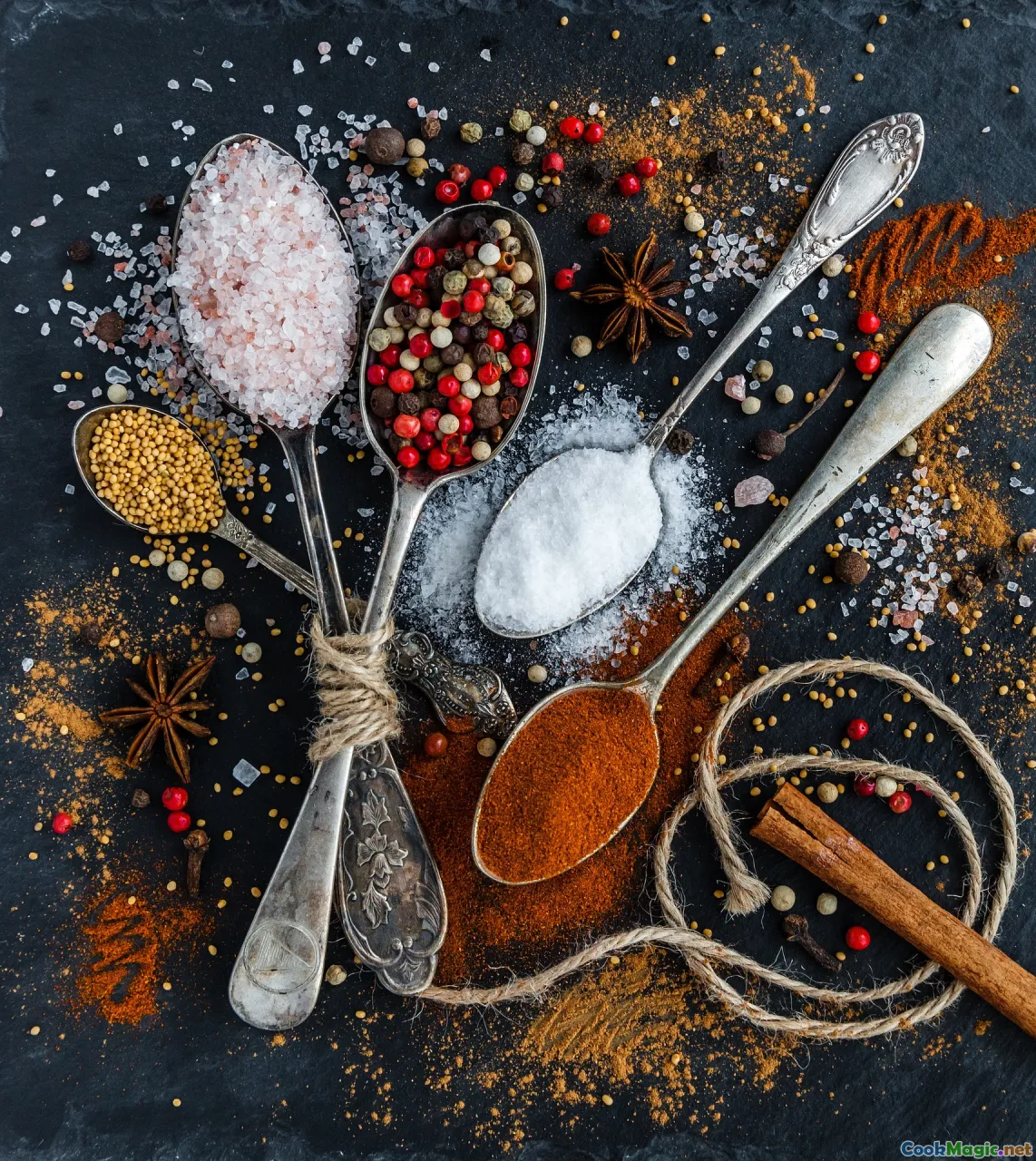
Native Herbs and Spices
The infusion of native Australian herbs into Asian recipes has become a signature trend. Pepperberry, which provides a spicy, floral aroma reminiscent of Sichuan peppercorns, is now a kitchen staple. Similarly, Lemon Myrtle imparts a lemony aroma with subtle floral notes, brightening dishes without overpowering. These native herbs add an authentic sense of place to the cuisine.
Alternative Proteins
While shrimp, chicken, and beef remain favorites, Aussie chefs are experimenting with sustainable, native proteins like crocodile, kangaroo, and emu. Imagine a spicy crocodile satay skewer served with a side of native bush tomatoes—that's Australia’s wild side blending seamlessly into Asian street food styles.
Innovative Condiments and Sauces
Fermented native bush foods are gaining popularity—wattleseed miso, lemon myrtle-infused soy sauce, and bush tomato-based hot sauces add new dimensions to dipping sauces and marinades. The introduction of these ingredients signals a shift toward deeper local-native flavor profiles within Asian contexts.
Personal Stories and Cuisine as Cultural Bridge
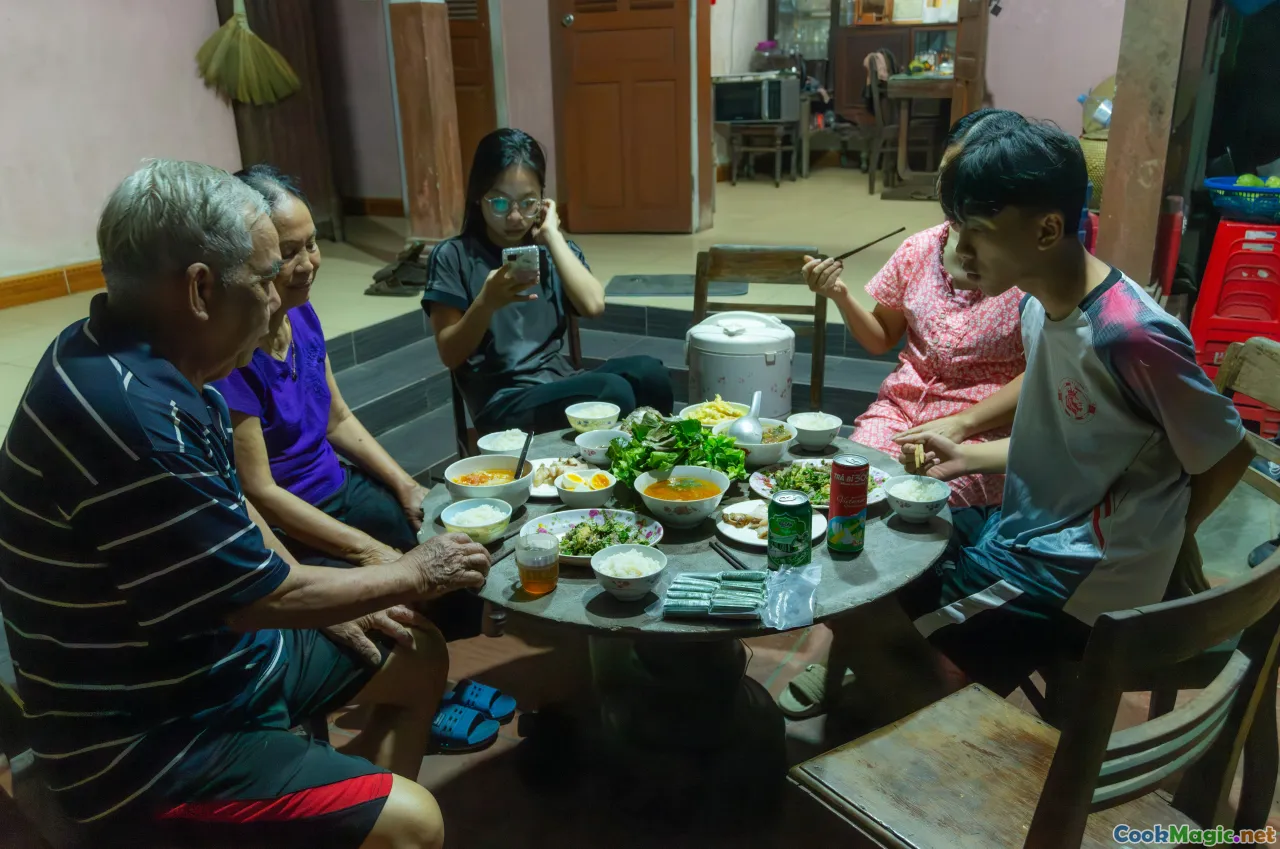
I recall visiting Sydney’s Chinatown during Lunar New Year, where a multicultural food stall featured a dish I’d never tasted before: native garnished Pad Thai. The vibrant color of oca (Australian yam) or the crunchy native finger lime zest added an exotic twist.
For many Aussies of Asian heritage, cuisine serves as both a connection to their roots and a bridge to broader Australian society. It's a shared language—an everyday celebration of diversity. Chefs often cite stories of family gatherings where traditional recipes are adapted with local ingredients, blending memories with new flavors.
This emotional layer drives innovation—making dishes that are not just tasty but meaningful.
How to Embrace Aussie Asian Food Trends at Home
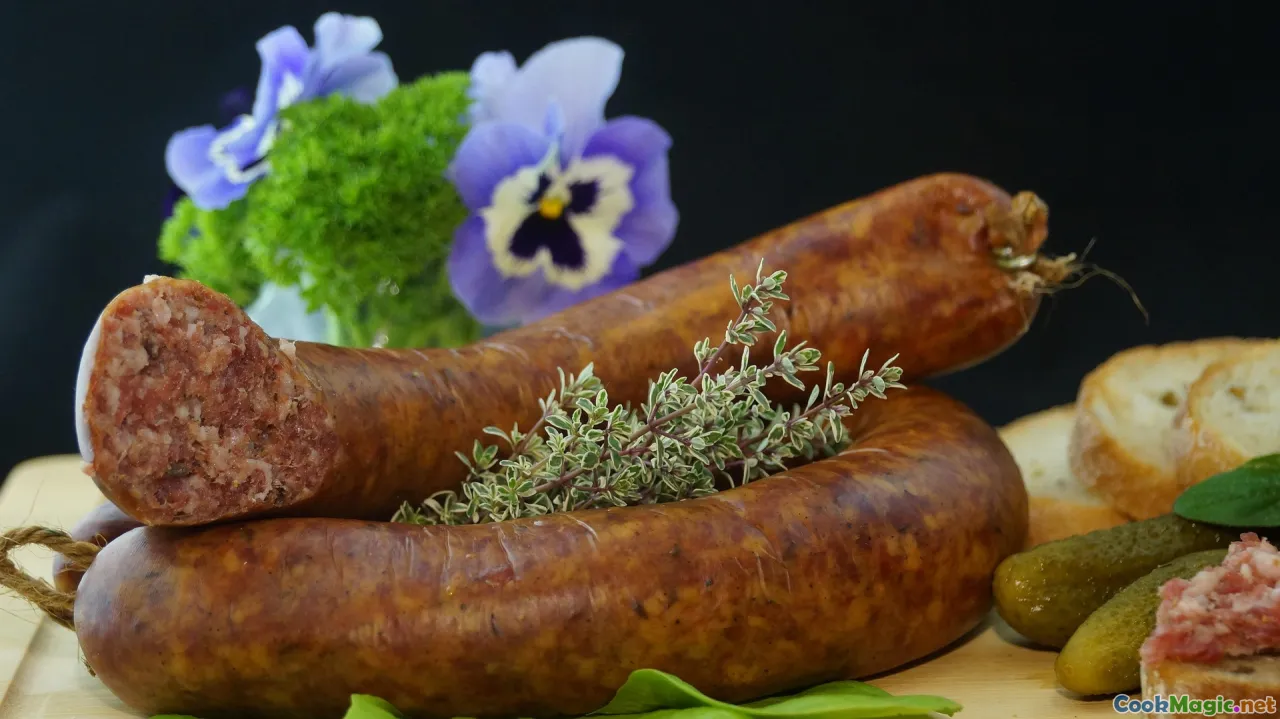
Experiment with Native Ingredients
Start simple—add lemon myrtle or wattleseed to your curries or stir-fries. Use bush tomatoes or native finger lime zest to elevate sauces. Australian seafood like marron (freshwater crayfish) and barramundi can replace traditional proteins.
Incorporate Local Proteins
Try grilling crocodile skewers with native pepperberry marinade or stir-frying kangaroo strips with ginger and native herbs. These introduce a wild, Australian twist to familiar Asian dishes.
Make Your Own Fusion Bowls
Create colorful, nutritious bowls featuring rice or noodles topped with grilled native fish, native herbs, and pickled vitamin-rich native vegetables. Think: Aussie-spiced satays paired with a side of salted wattleseed flatbread.
Explore Local Asian-Style Restaurants
Seek out restaurants dedicated to showcasing native influences. Places like Chinta Melbourne combine traditional Asian dishes with native Australian ingredients—each bite tells a story of cultural reciprocity.
The Future of Aussie Asian Food: What’s Next?

The landscape of Aussie Asian cuisine is far from static. As climate awareness grows, so does the emphasis on sustainable sourcing of native ingredients. Chefs are increasingly dedicated to cultivating native herbs, fruits, and proteins through responsible farm practices.
Technology and social media continue to accelerate innovation, bringing lesser-known native ingredients into the limelight. Expect to see more native superfoods incorporated into mainstream dishes, emphasizing a keen respect for Australian land and sea.
Moreover, as a youthful, multicultural generation leads the charge, the boundary-pushing spirit will persist—melding tradition with imaginings unbound by convention.
A Culinary Reflection: Savoring the Fusion
Living in Australia offers a unique vantage point—from the vibrant markets of Melbourne to the bustling eateries of Brisbane—where the aroma of simmering curries mingles with coastal breezes. Aussie Asian food trends are not just about taste but about stories, heritage, and a collective embracing of difference.
They remind us that food is more than sustenance; it is an ongoing narrative of identity, adaptation, and celebration. Trying these dishes at home or visiting local hotspots transforms eating into a cultural experience—an immersive connection to Australia’s extraordinary culinary tapestry.
Whether you’re seasoned chef or enthusiastic home cook, embracing these trends invites you to taste the world's flavors right here in your backyard—an ever-evolving mosaic of tradition and innovation. Happy experimenting, and may your culinary adventures be as vibrant and diverse as Australia's own expansive landscapes!









